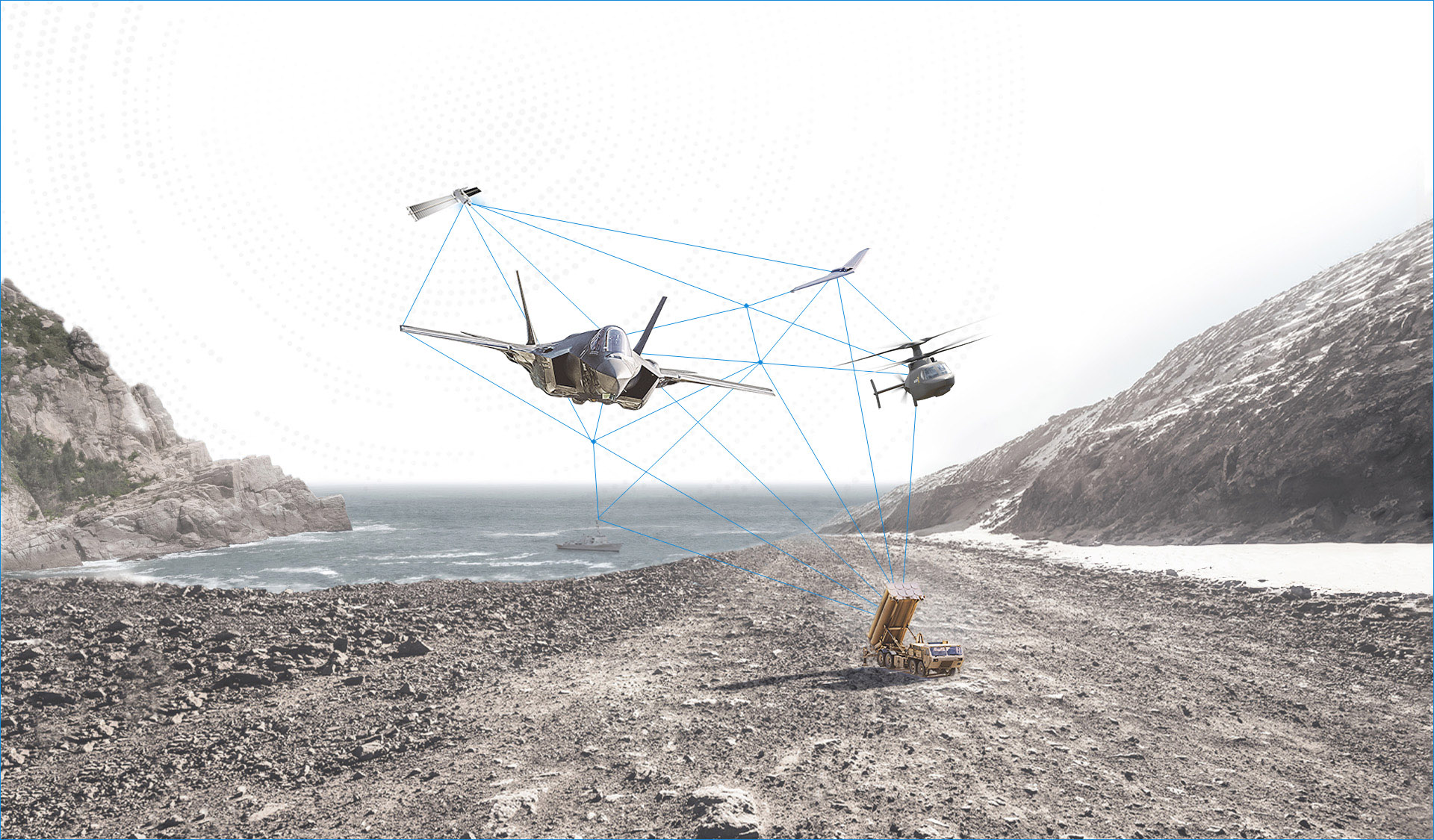Starting a Career in Cyber
 I am a first-generation Mexican American. My parents immigrated to the United States from a small town in Michoacán, Mexico. I come from a strong line of resilient women who have built a life out of nothing. I was no stranger to the struggle that immigrants experienced, especially women.
I am a first-generation Mexican American. My parents immigrated to the United States from a small town in Michoacán, Mexico. I come from a strong line of resilient women who have built a life out of nothing. I was no stranger to the struggle that immigrants experienced, especially women.
After a year of community college, I joined the U.S. Navy as an information technician. After almost eight years of active-duty service, I decided to pursue cybersecurity after being introduced to it while in the Navy. I became fascinated by the vastness of the field. Cyber is like an ocean, with so much left to be discovered.
My first role in cyber after leaving the military was with another large defense contractor. I was warned ahead of time that I would be the only woman on my team. I let them know I was used to that environment, which was customary to me coming from the military. When I joined Lockheed Martin, I found myself in a similar situation.
Women in Cyber & STEM
In 2019, a survey by (ISC)² titled 2019 Women in Cybersecurity revealed that women represented 24% of the cybersecurity workforce — almost doubling in the last few years. In 2019, the U.S. Census data demonstrated that women made up 27% of the STEM workforce.
Even with these growing percentages, there is a significant gap in retention. Retention is impacted by pay disparities, workplace culture, growth and development opportunities, and for some, the cost of daycare outweighs their paycheck. The COVID-19 pandemic further impacted the retention of women in these roles, who had to pause work to support family members at home as the primary caregivers.
Throughout my career in the Navy, I noticed women in the IT field were scarce, but I always attributed that to being in the military. It took me a long time to realize that the lack of women in STEM fields isn’t as severe as the lack of diversity among women in STEM fields. Industries need to diversify because representation matters. We are living in the future of the cybersecurity industry now. Technology is evolving, and we are seeing emerging cyber threats and new types of attacks emerge every day. It takes a diverse set of minds to solve complex problems and innovate solutions to protect national interests. We need to hire people in these roles who look like our children, so they can see that a career path in cyber — and other STEM fields — are possible.
Growing & Leading in Cyber

With a lack of female cybersecurity role models available, I sought the mentorship of other women outside my team at Lockheed Martin. I also became involved with the Women’s Impact Network Business Resource Group (WIN BRG), which allowed me to network and meet other women who were in my shoes.
Today, I am involved with cyber at Lockheed Martin in various capacities. What gets me up every morning and excited about coming to work is knowing that I am making a difference and knowing that I get to continue to support the warfighter at Lockheed Martin. Maybe my footprint is small, but I do know that many small footprints equal one giant footprint and that may be exactly the edge we need to compete with our adversaries.
Last year, I had the pleasure of being selected as the president of the Women in Cybersecurity (WiCyS) Lockheed Martin Affiliate (WiLMA). Our goal is to make more people aware of the cyber industry and to connect with other women in cyber. In addition, I also founded the Latinas in Tech (LiT) Denver chapter.
WiCyS and LiT are both global non-profit organizations that provide resources and opportunities for underfunded communities to attract and retain talent to the cyber and tech industries. Since taking on the role with WiLMA, I have connected with women all over Lockheed Martin and our external communities. I have had the pleasure of many employees reaching out to the WiLMA team for mentorship and guidance on breaking into cyber. That alone demonstrates the importance of outreach, connecting and mentoring.
The Future of Cyber
I also had the opportunity to recently work on an outreach campaign with the University of Colorado Springs. The campaign director highlighted how they struggled to attract a diverse pool of students in STEM, but specifically in cyber.
Why is this? There are many myths surrounding the profession. Parents and students often see cyber as something mysterious, related to the government and untrustworthy. Moreover, it isn’t a career often discussed throughout the grade school system. The stereotypes that we see in movies further guide the mystery surrounding cyber, but gone are the days when we see the male-hooded figure hiding behind a server room typing away 1’s and 0’s and “hacking” into databases in seconds.
With the industry booming and recent hacks that have made international news, the demand for cyber employees is higher than ever. As we transition into an increasingly more digital world, all roles will require a little cyber, and we will need even more people in the industry. From the apps you use to order food delivery to national security systems, cybersecurity is being looked at as something to incorporate into digital software beforehand versus as an afterthought. From protecting computer systems from cyber-attacks (like hacking and ransomware), to securing networks and data, cybersecurity is at the heart of everything we do in the digital world. We must work together to attract and retain talent by empowering our networks with necessary resources. By investing in cyber, we are investing in the future.








